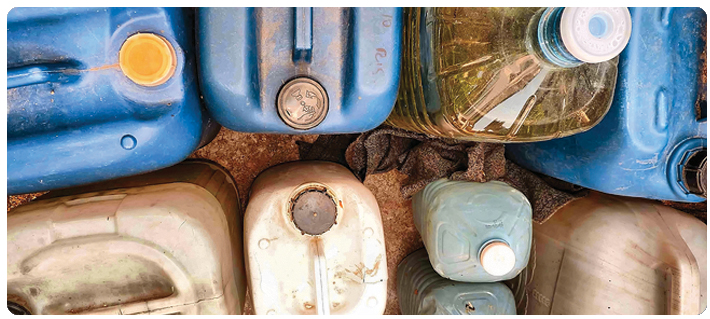According to the United States Environmental Protection Agency (EPA), a hazardous material is one that falls under one or more of the following categories:
- Flammable
- Reactive or explosive when mixed with another substance
- Corrosive
- Toxic
According to the EPA's definition, every American household contains many hazardous materials. Actually, an American household, on average, contains 3 to 10 gallons of substances that are considered to be hazardous. If not stored and disposed of correctly, these chemicals can poison our bodies, drinking water and air.
Dangers
Disposing of hazardous waste improperly can cause a myriad of problems. Explosions have occurred in sewers and garbage trucks because of improperly disposed wastes. Also, corrosive wastes can slowly eat away at materials until they break and cause unknown harm. Poisonous wastes can cause cancer, birth defects, and harm the environment.
What should be done with these materials?
The largest problem with hazardous materials is that many people just pour them down the drain at home, without thought or concern for others. If only it were that easy! Unfortunately, Wastewater treatment plants, including ours, are simply not designed or able to handle many of these hazardous wastes.
Putting these wastes into landfills has not become a viable solution either. Unless the landfill has been specially designed to handle such materials, then groundwater, surface water, and air can all be polluted. So, the question becomes: If we cannot get rid of these materials through the sewers or in landfills, what do we do instead? Depending on the materials, there are several options for disposal, as shown in the following chart. Click the link to download the PDF.
Hillsborough County Household Hazardous Waste and Electronics Collection
Hillsborough County Household Hazardous Waste and Electronics Collection Brochure

